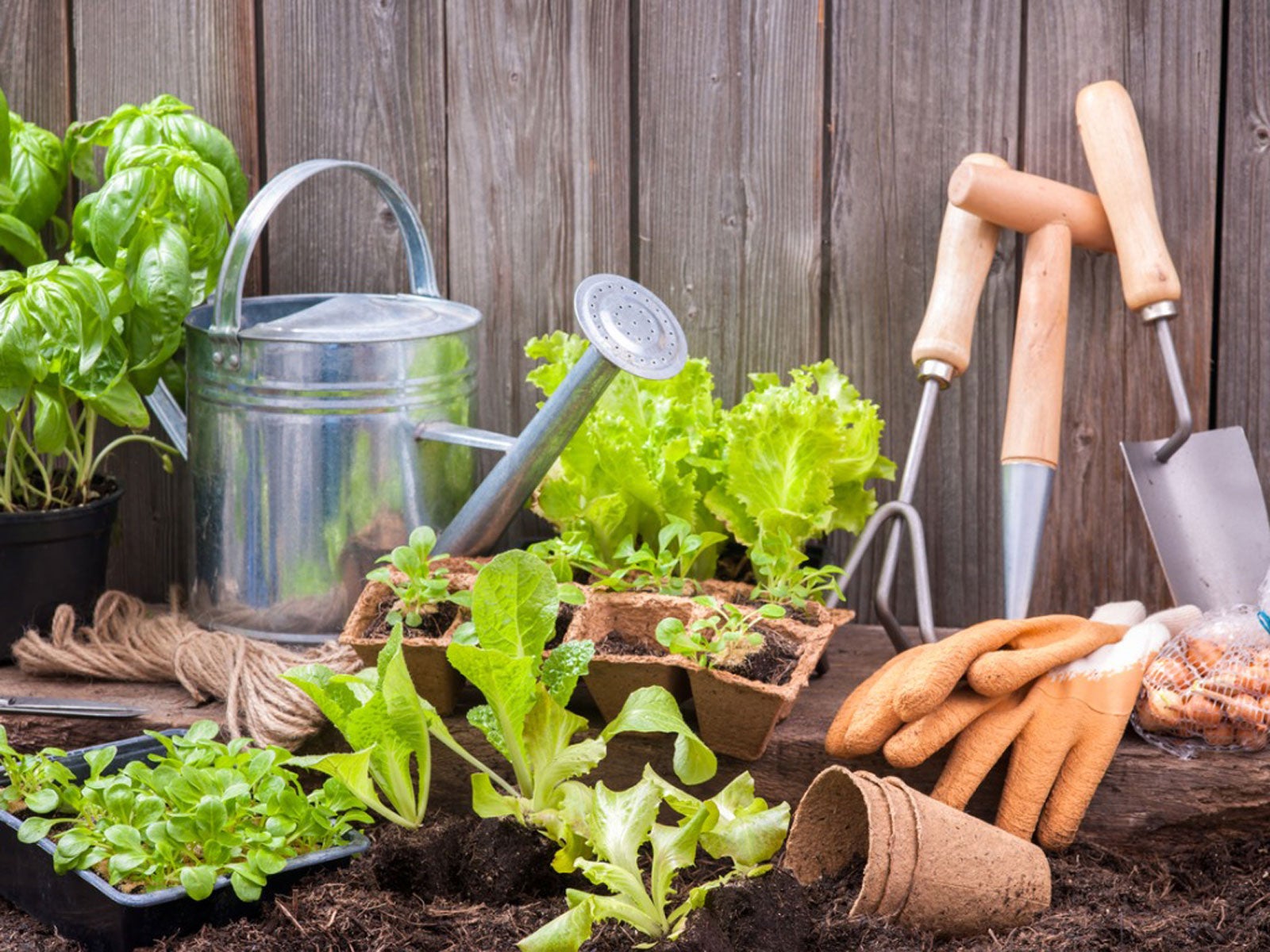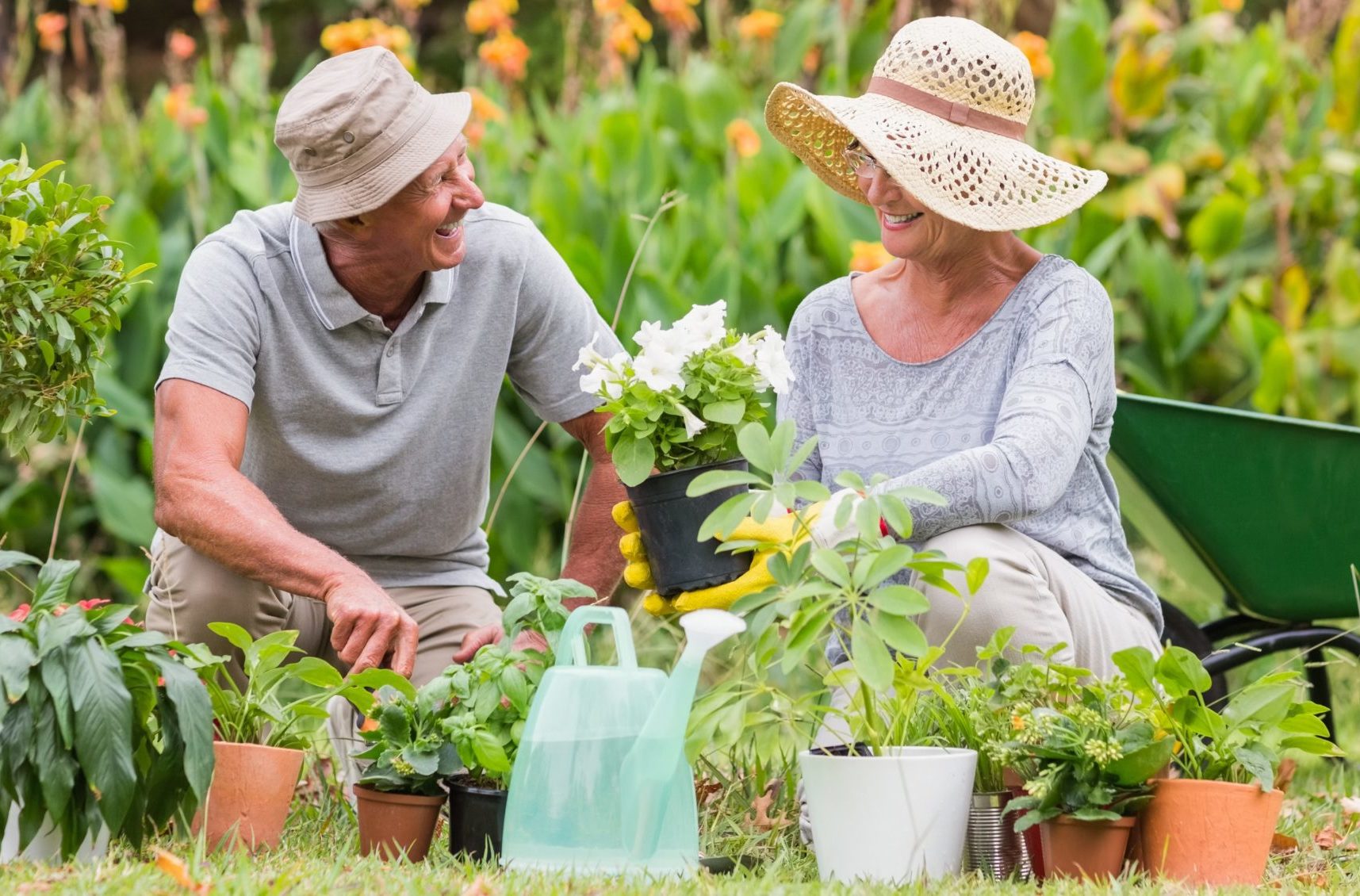From Novice to Naturalist: Navigating the Globe of Newbie Gardening
Wiki Article
From Novice to Eco-friendly Thumb: A Step-by-Step Trip Through the Art of Horticulture

Comprehending Your Gardening Room
To begin your horticulture journey, it is necessary to understand the special qualities and constraints of your gardening area. Are there any kind of particular obstacles you may face, such as bad dirt quality or restricted water schedule? Understanding these aspects will certainly help you make informed decisions regarding the kinds of plants that will flourish in your room.Consider the size of your gardening location. You might require to focus on container gardening or upright horticulture to optimize your expanding area if you have a small room. On the other hand, if you have a big room, you have the deluxe of planting a variety of plants and producing different areas within your yard.
Following, review the quantity of sunlight your space receives. This will identify which plants will grow and which ones might struggle. If your area is shaded, you can choose for shade-loving plants like hostas or brushes. If your area gets full sun, you can grow a variety of plants, including vegetables, blossoms, and natural herbs.
Last but not least, take into consideration any kind of challenges or constraints certain to your room. You might require to amend it with garden compost or select plants that are forgiving of less-than-ideal conditions if your dirt top quality is inadequate. You can opt for drought-tolerant plants or carry out water-saving techniques like mulching. if water is scarce.
Choosing the Right Plant Kingdoms for Your Yard
Select plants that are appropriate to your garden's special conditions and your personal preferences. When picking plants for your yard, it is vital to take into consideration factors such as sunlight, dirt type, and climate. Have a look at the quantity of sunlight your yard obtains throughout the day. Some plants flourish in complete sunlight, while others choose partial or perhaps full shade. Take into consideration the dirt enter your garden too. Some plants like well-drained dirt, while others flourish in clay-like or moist soil. Additionally, take into consideration the environment in your area. Some plants are better suited for warm and dry environments, while others can withstand chillier temperatures.It's likewise worth considering the maintenance degree of the plants you select. Some plants require more care and interest, while others are more low-maintenance.
Preparing the Soil for Growing
First, evaluate the problem of your dirt to determine if any kind of enhancements or amendments are required. The top quality of your dirt is vital for the success of your garden. Start by examining the texture of the dirt. Is it sandy, loamy, or clayey? Sandy soil drains pipes rapidly, while clayey dirt maintains water. Fertile dirt is the ideal equilibrium between both. Next off, inspect the pH degree of your dirt. The majority of plants choose a somewhat acidic to neutral pH, around 6.0 to 7.0. You may require to readjust it using dirt modifications such as lime or sulfur if your soil is also acidic or alkaline. In addition, you ought to consider the vitamins and mineral material of your soil. Conduct a dirt test to determine if any type of crucial nutrients are lacking. This will help you decide which plant foods or natural matter to include. Make certain that your dirt is well-draining. Badly drained pipes soil can cause waterlogged roots and various other plant health and wellness concerns. Improve water drainage by adding organic issue like compost or peat moss if required. By analyzing and making needed modifications to your soil, you can produce an optimum environment for your plants to prosper.Nurturing and Maintaining Your Garden
When you have actually prepared the dirt, it's time to get your hands unclean and begin nurturing and preserving your yard. The trick to a successful garden is constant care and interest. Watering is crucial, especially during completely dry spells. Make certain to sprinkle your plants deeply, allowing the water to penetrate the soil and reach the origins. Normal weeding is additionally vital to maintain your garden without unwanted plants that contend for nutrients and area. Draw out any type of weeds, taking treatment to eliminate their roots to avoid them from returning. Furthermore, it's crucial to provide appropriate nutrition for your plants. Take into consideration using organic fertilizers or compost to improve the soil and promote healthy growth. Trimming is an additional vital job to maintain your garden looking neat and encourage better air movement and sunshine infiltration. Trim visit here off any broken or dead branches to keep the general health and wellness of your plants. Lastly, be on the lookout for pests and diseases. Routinely inspect your plants for any kind of indications of invasion or illness and take prompt action to avoid further damages. By complying with these nurturing and maintenance techniques, you will ensure a lovely and flourishing yard.Troubleshooting Common Horticulture Issues
To deal with usual gardening problems, start by determining the trouble and taking immediate activity. One of the most common problems garden enthusiasts face is bugs. You may have a parasite infestation if you see chewed fallen leaves or plants that are shriveling for no apparent factor. Examine your plants very closely for indications of insects or other bugs. If you spot any, remove them by hand or make use of natural pest control methods. One more typical issue is vitamins and mineral shortage. If your plants have yellow or discolored leaves, they may not be getting sufficient nutrients. Think about feeding your dirt or including garden compost to enhance its nutrition material. Overwatering is one more problem that can hurt your plants. If you discover waterlogged soil or wilting despite adequate watering, you may be overwatering. Change your watering routine accordingly and ensure proper water drainage. Ultimately, condition can likewise impact your garden. If you see areas, mold, or unusual development on your plants, maybe an indication of disease. Get rid of influenced plants and treat the remaining ones with natural fungicides or pesticides. By promptly addressing these usual problems, you can ensure the wellness and success of your garden.Final Thought
Congratulations! You have efficiently completed the journey from amateur to green thumb in the art of horticulture. By understanding your gardening area, picking the right plants, preparing the soil, and supporting your yard, you have overcome typical horticulture concerns like a pro. Now, armed with understanding and experience, you are prepared to take pleasure in the beauty and abundance of your prospering yard. Maintain the magnum opus and remain to cultivate your green thumb!
When picking plants for your garden, it is important to take into consideration variables such as informative post sunshine, soil type, and climate. Some plants prefer well-drained dirt, while others flourish in moist or clay-like dirt (newbie gardening). By recognizing your horticulture room, choosing the right plants, preparing the soil, and supporting your yard, you have actually overcome usual gardening concerns like a pro
Report this wiki page